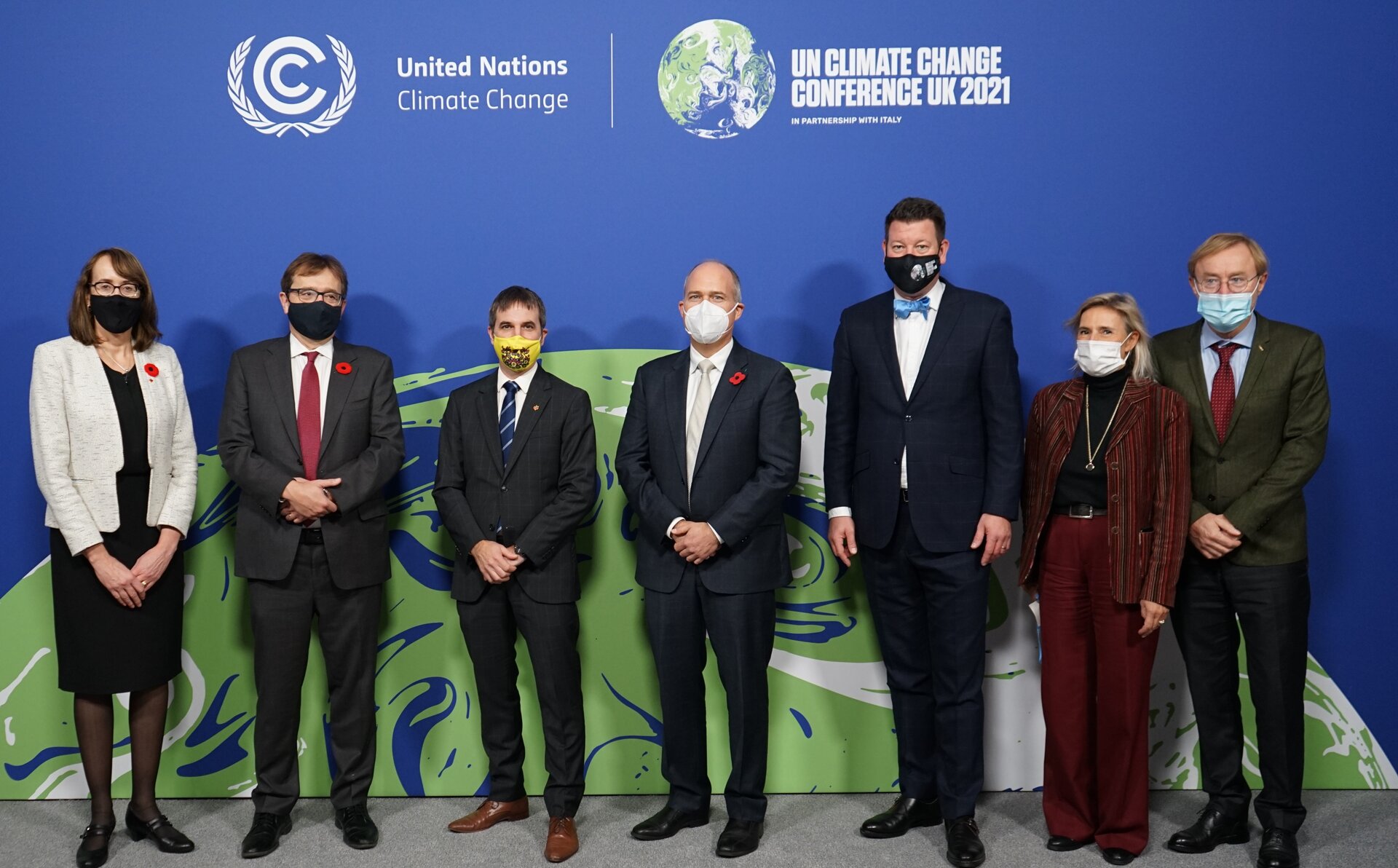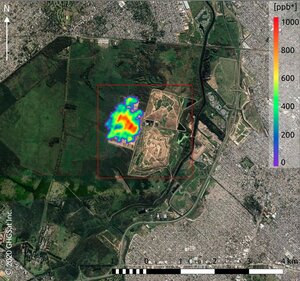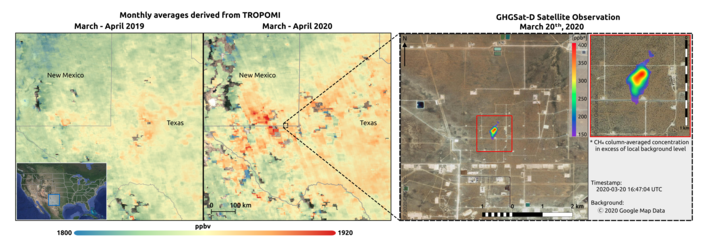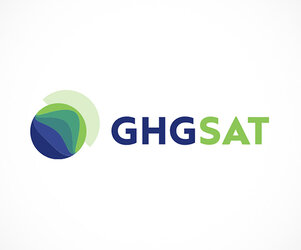ESA and GHGSat support new International Methane Emissions Observatory
In the first 20 years of reaching the atmosphere, methane has more than 80 times the warming power of carbon dioxide. Reducing emissions of this extremely potent gas is, therefore, one of the fastest ways of slowing the rate of global warming, at least in the short term – and at COP26, more than 100 countries have just signed up to the Global Methane Pledge, which aims to limit emissions by 30% compared with 2020 levels.
With both public and commercial satellite data playing key roles in assessing progress on climate action, ESA and GHGSat are supporting the United Nations Environment Programme’s new International Methane Emissions Observatory, also announced at COP26.
Launched at the recent G20 Rome meeting, the International Methane Emissions Observatory (IMEO), will provide authoritative support to governments as they work to achieve their emissions reduction targets. IMEO’s first annual report – An Eye on Methane – highlights the importance of having both public and private Earth observation measurements as part of their data ecosystem.
ESA’s Acting Director of Earth Observation Programmes, Toni Tolker-Nielsen, commented, “ESA marks the launch of UNEP’s first annual report and commits to continued provision of regular global greenhouse-gas concentration measurements for global transparency. GHGSat’s contribution of data to the IMEO is an important milestone as the first commercial contribution to the IMEO, a welcome step forward for getting best value from public and private Earth observation satellites.”
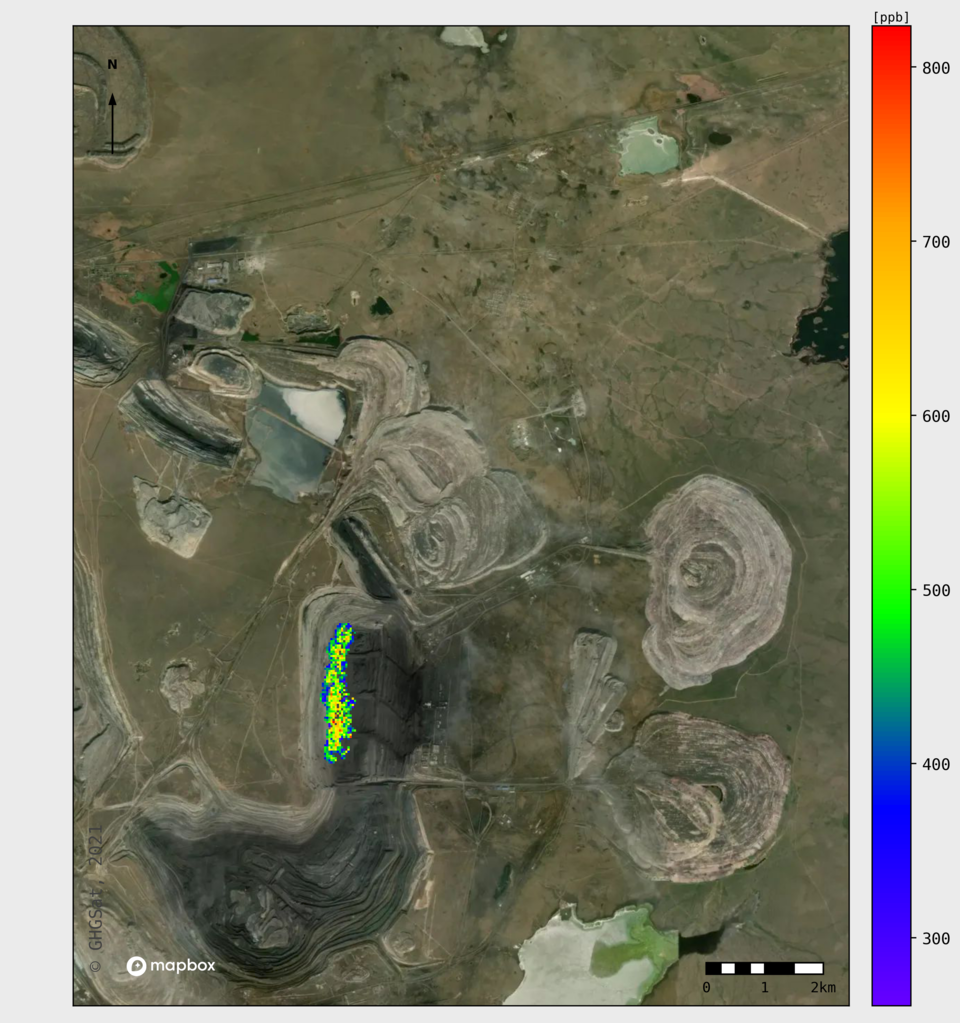
UNEP’s lead on methane emission, Manfredi Caltagirone, commented, “The integration of satellite data such as from the ESA-operated Copernicus Sentinel-5P and GHGSat, with company reports and scientific studies will better target mitigation actions at the scale and speed required to meet the 1.5° target.
“Reducing methane emissions from fossil fuel production is essential to avoiding the worst effects of climate change and we thank the Canadian Government for providing access to GHGSat data. IMEO looks forward to engaging with the Canadian Government as well as oil and gas companies in the future.”
The new initiative builds on the success of long-term and evolving data-sharing partnership between ESA and GHGSat, through the Canada–ESA Cooperation Agreement. Having proved the concept of high-resolution emissions monitoring from space, GHGSat launched its commercial constellation in 2019, rapidly building its capability and data archive.

A Memorandum of Intent, between ESA, the Canadian Space Agency and GHGSat was signed that same year, with the aim of stimulating scientific uptake of this unique dataset.
GHGSat CEO, Stephane Germain said, “We are glad to be ready today with Earth observation data that contributes to our collective understanding of industrial methane emissions. We believe this data will provide unique insights to help with the IMEO’s important work. We look forward to continued collaboration with ESA and deeper collaboration with IMEO to integrate public and private data to support emissions mitigation.”
President of the Canadian Space Agency, Lisa Campbell, noted, “GHGSat’s early efforts to build a previously unimagined commercial capability have come together at a time when urgent climate action is essential. GHGSat’s contribution of Canadian commercial data and know-how to IMEO builds on the achievement of scientific and operational collaboration.”
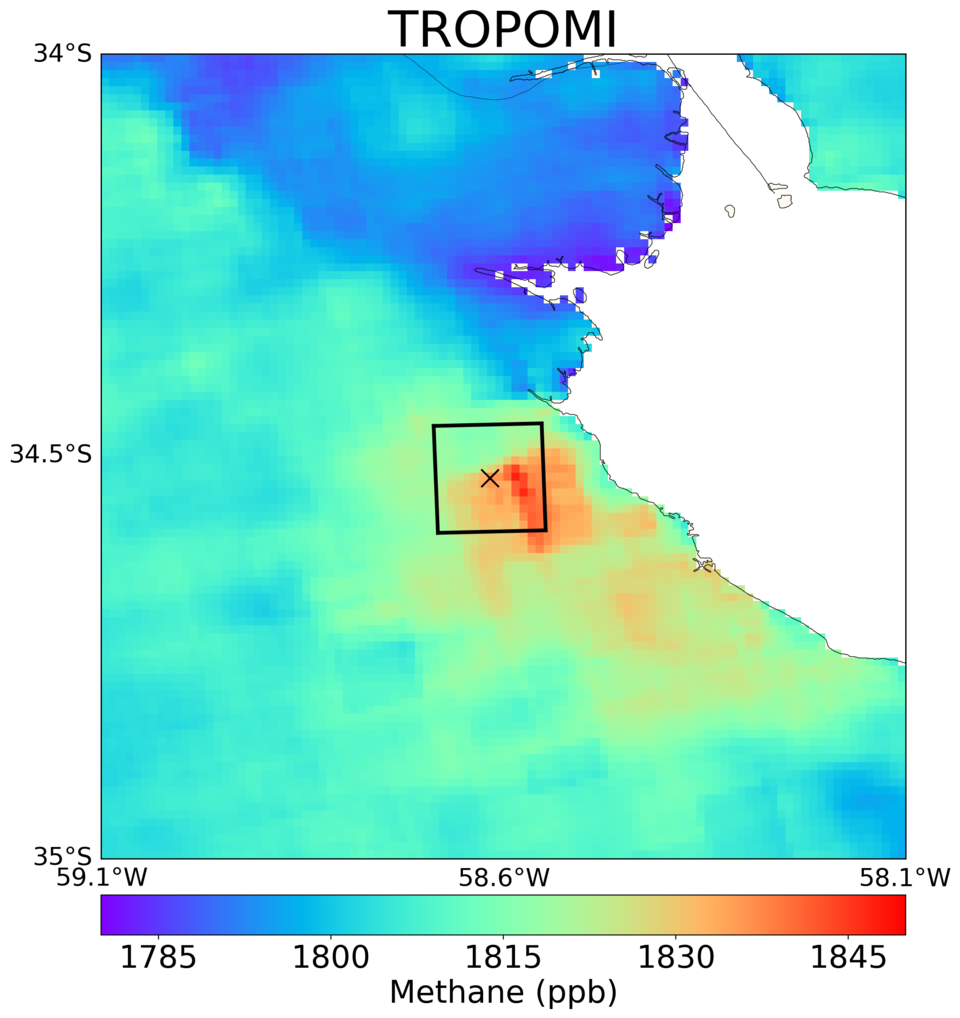
Also, emphasising the need to work together to mitigate the effects of climate change, a report by the Group on Earth Observations, the Climate TRACE consortium, and the World Geospatial Industry Council was launched today at COP26. The Greenhouse Gas Monitoring from Space: A mapping of capabilities across public, private and hybrid satellite missions report and the database that underpins it is the first joint systematic effort by Earth observation data providers from the public and private sectors to map the current and upcoming satellite missions that monitor greenhouse gases. Both Copernicus Sentinel-5P and GHGSat feature in the report.
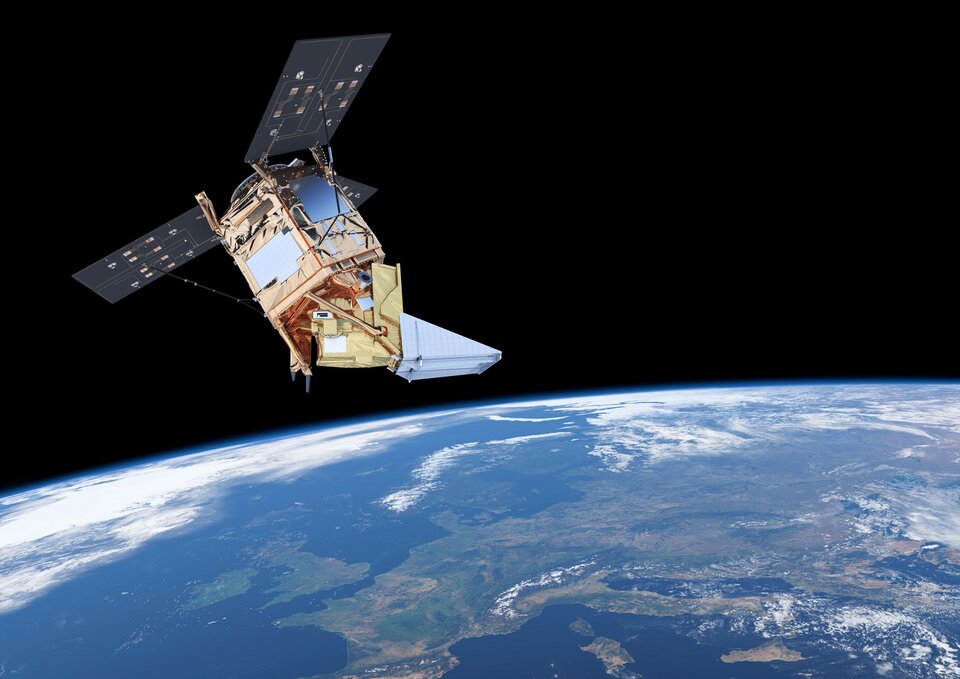
GHGSat
GHGSat is a leader in high-resolution greenhouse gas monitoring from space, providing actionable emission data to businesses, governments, and regulators worldwide. With proprietary remote-sensing capabilities and patented technology, GHGSat can monitor individual facilities, offering greater data accuracy, and facilitating timely strategic decision-making insights. The GHGSat archive and data from the joint ESA, CSA, GHGSat initiative can be accessed on ESA’s Earth Online website.
Copernicus Sentinel-5P
Copernicus Sentinel-5P is the first Copernicus mission dedicated to monitoring our atmosphere. The satellite carries the state-of-the-art Tropomi instrument to map a multitude of trace gases, which affect the air we breathe and therefore our health and our climate.


